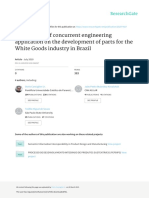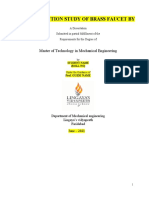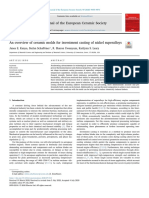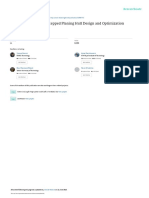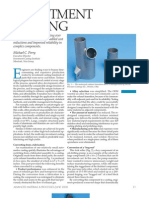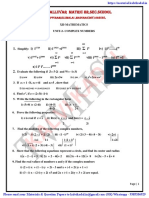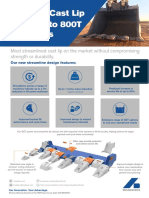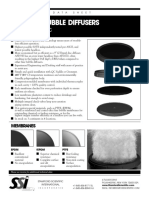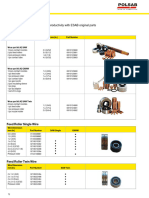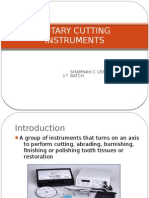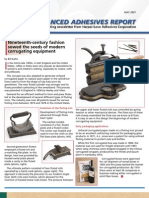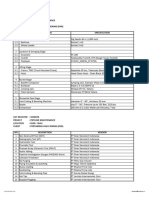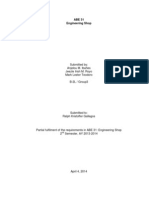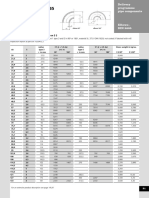0% found this document useful (0 votes)
62 views8 pagesViability Study of Production of Enclosed Impellers For Centrifugal Pumps by Investment Casting Process
Uploaded by
Ajeeth KumarCopyright
© © All Rights Reserved
We take content rights seriously. If you suspect this is your content, claim it here.
Available Formats
Download as PDF, TXT or read online on Scribd
0% found this document useful (0 votes)
62 views8 pagesViability Study of Production of Enclosed Impellers For Centrifugal Pumps by Investment Casting Process
Uploaded by
Ajeeth KumarCopyright
© © All Rights Reserved
We take content rights seriously. If you suspect this is your content, claim it here.
Available Formats
Download as PDF, TXT or read online on Scribd
/ 8








